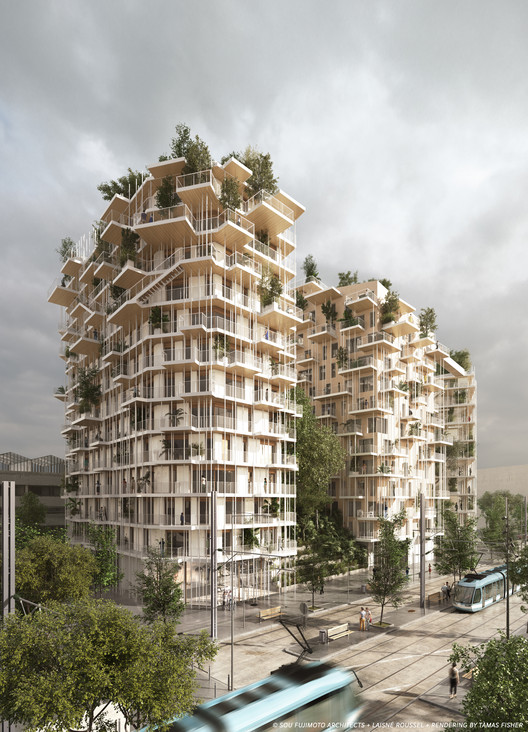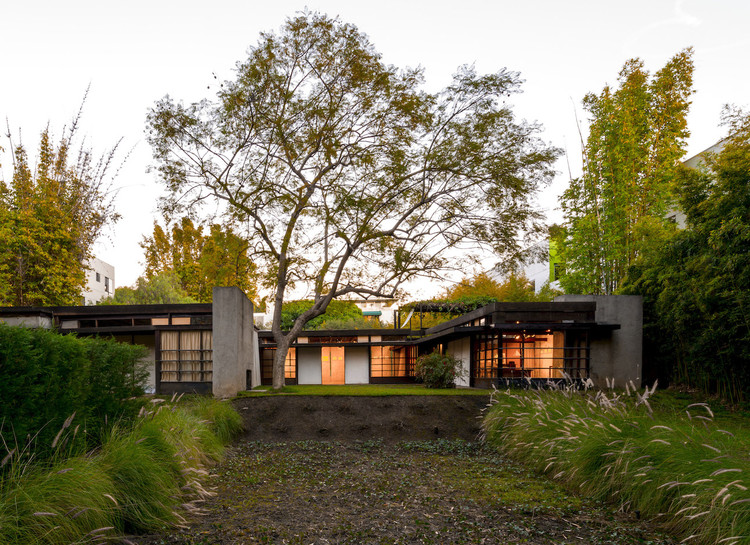
The Technium is the sphere of visible technology and intangible organizations that form what we think of as modern culture.
—Kevin Kelly, What Technology Wants
The Technium is ubiquitous; like air it could be invisible. Fortunately, raging torrents that affect every person on earth are hard to ignore. Let’s look into one of the hearts of the Technium, that organ we call architecture.
You Are in the Technium Now
An ecosystem is a system of inter-dependent organisms and conditions. Ecosystems evolve. The current system can only exist because of past systems, each a stepping stone for new levels of action, each creating new sets of conditions, niches for life in its many forms.
But of course that’s what architecture does: it creates new conditions for life and culture, as does science, education, art and technology. Our culture and technology is evolving, enabled and built upon current and past developments. Kevin Kelly uses the word Technium to describe this complex stratum of evolving interdependencies and capacities. The Technium is evolving and growing fast. Our buildings must also evolve if they are to nurture our current and future cultures.


















.jpg?1458288906)









